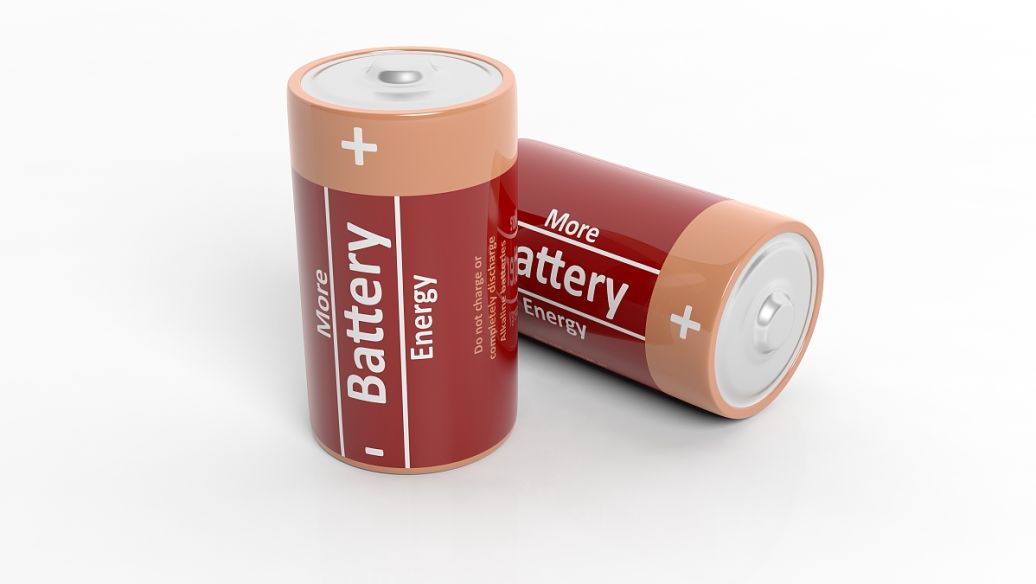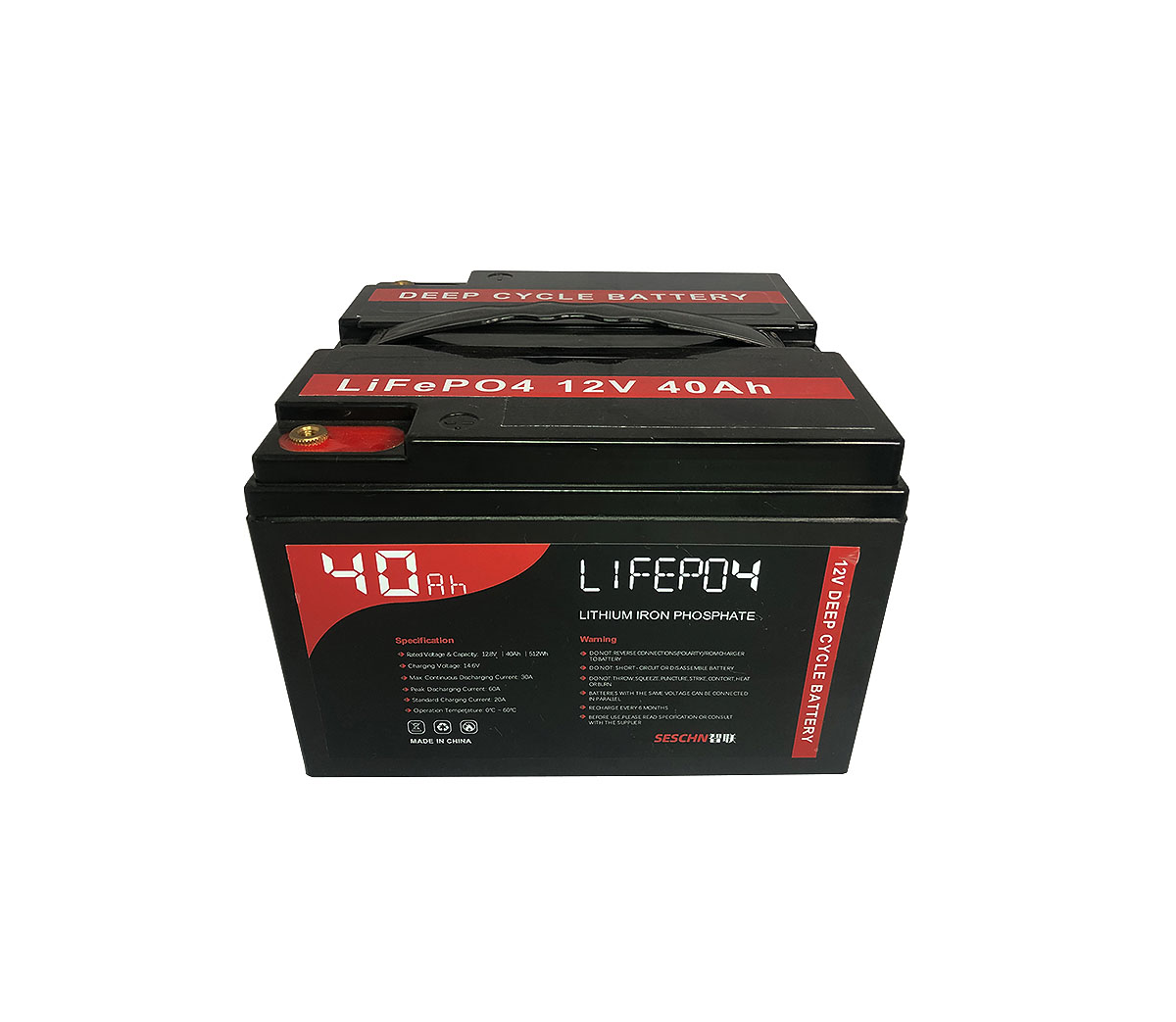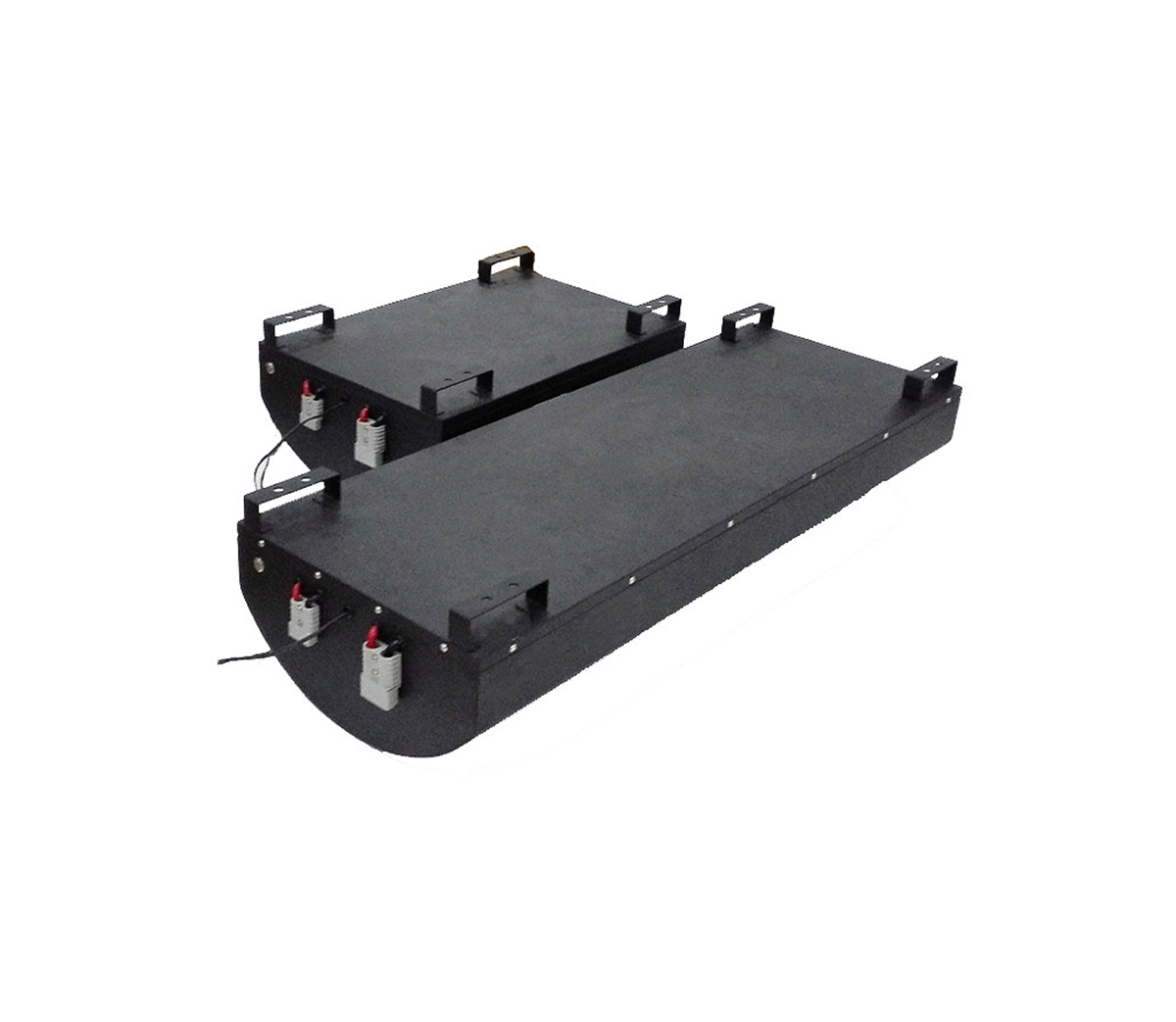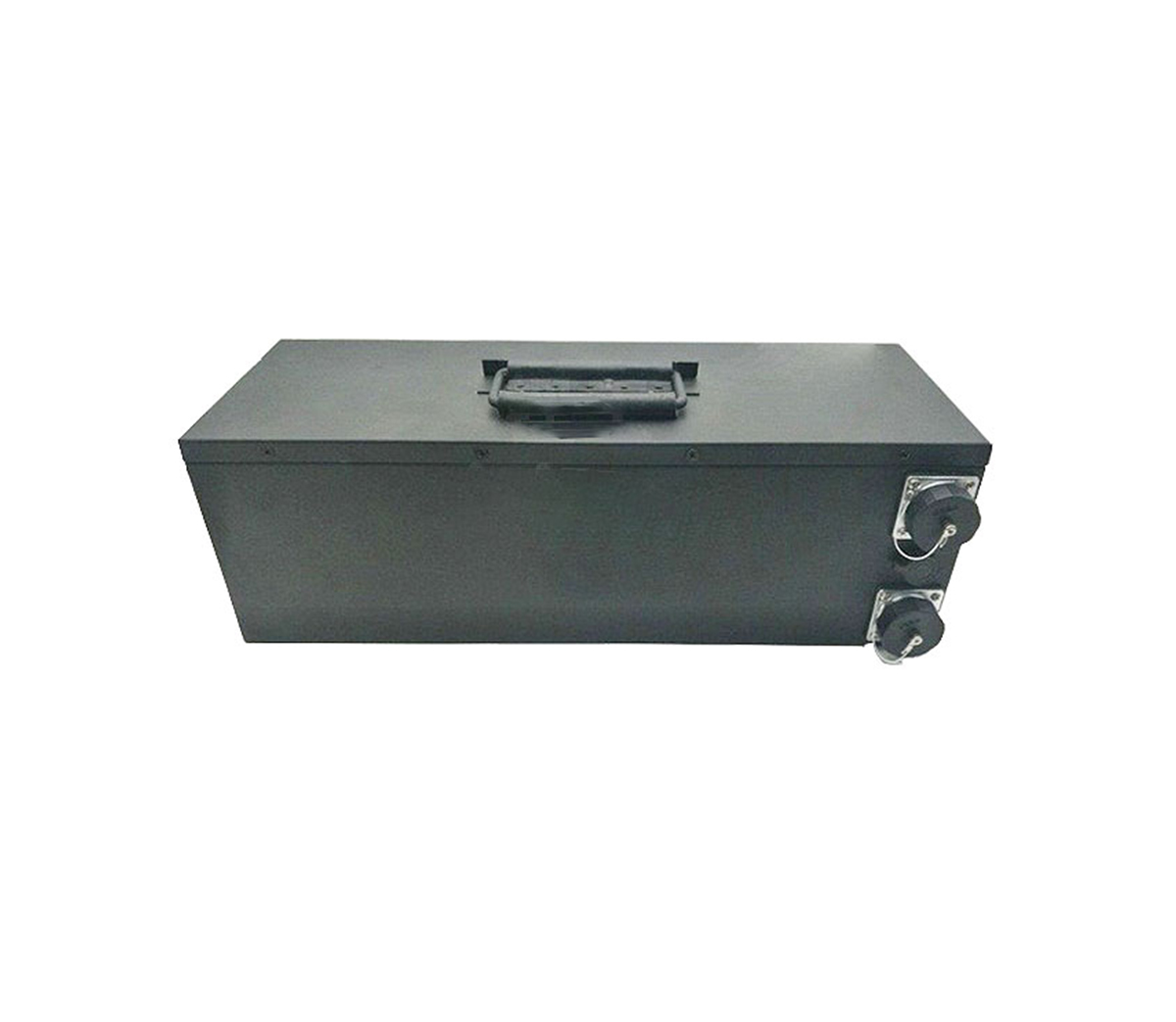
Official data show that the energy density of square shell cells in the
CATL era has reached 240Wh/kg. The technical plan is to increase the cell energy
density to 300Wh/kg before 2020. While increasing the energy density through
the 811 ternary positive electrode + silicon/carbon hybrid negative electrode,
the cycle, high temperature performance, cost, safety, etc. must be sacrificed,
and the production process and environmental requirements are relatively harsh.
People familiar with the matter revealed to the First Electric Network that the
energy density of the square shell batteries supplied in large quantities in
2017 by CATL was between 190 and 210 Wh/kg.
Official data show that the energy density of square shell cells in the
CATL era has reached 240Wh/kg. The technical plan is to increase the cell energy
density to 300Wh/kg before 2020.
While increasing the energy density through the 811 ternary positive
electrode + silicon/carbon hybrid negative electrode, the cycle, high
temperature performance, cost, safety, etc. must be sacrificed, and the
production process and environmental requirements are relatively harsh. A person
familiar with the matter revealed to the first electric network that the energy
density of square shell batteries supplied in large quantities by CATL in 2017
was between 190-210Wh/kg, and it is likely to increase to 210-230Wh/kg in
2018.
As early as the beginning of 2017, CATL started the "New Generation
Lithium-ion Power Battery Industrialization Technology Development" project to
develop lithium-ion power batteries with high nickel ternary materials as the
positive electrode and silicon-carbon composite as the negative electrode. In
2017, CATL’s total production capacity was 17.09Gwh, and the new version of the
prospectus just announced showed that when the Huxi lithium-ion power battery
production base project reaches production, CATL will add 24GWh of new capacity,
and the total capacity will reach 41.09GWh.
And BYD insiders broke the news that the energy density of BYD's mass
production of batteries at this stage is 220Wh/kg, and the goal is to achieve
300Wh/kg by 2020. Today, BYD’s total capacity of power batteries is 16GWh, of
which lithium iron phosphate batteries account for 9GWh, and ternary lithium
batteries account for 7GWh.
Internationally, square shell batteries are also the main products of
Samsung SDI. In 2017, Samsung SDI Co., Ltd. Deputy President Zheng Shixiong
publicly stated that the energy density of Samsung SDI power batteries is
currently 250Wh/kg and is expected to reach the target of 350Wh/kg in 2023.
Perhaps in 2017, Samsung has indeed achieved mass production of 250Wh/kg square
shell batteries, but it is estimated that NCA ternary cathode materials may be
used.
There are many types of square-shell batteries. According to customer
requirements, battery companies can customize in terms of capacity, shape and
size. Taking into account the difference in the formulation of the positive and
negative materials, the energy density between the square shell cells of the
same specification is more comparable. The gap between leading domestic and
foreign square-shell power battery companies in terms of cell energy density may
be very small. Perhaps from the perspective of this technical condition alone,
China may not lag far behind.
On new equipment, Ruidefeng established an automation department to
independently research and develop automation equipment to help increase
productivity and efficiency. At the same time, it also cooperates with the
development of automation equipment and production lines.
In the new structure, Ruidefeng has completed the preliminary verification
and experimental work of low-cost pole poles, completed the low-cost and
high-capacity structure design and sample production; completed the aluminum
shell R-angle support weight-reducing structure design and mass production;
there is also a new type of RDF Explosion-proof valve structure, flip sheet
structure samples, etc.
In the exploration of the new technology, Ruidefeng has developed a
waste-free technology for the pole piece on the top cover, and the material
utilization rate has been increased from 40% to 80%; through the new welding
technology, the copper-aluminum laser welding, copper-aluminum resistance
welding, metal plastic The preliminary research and application of welding,
electromagnetic pulse welding, and molecular diffusion welding; verification and
experimentation of the waste-free process of aluminum shells are in progress; in
addition, the initial samples of the weight reduction plan for the top cover
sheet have also been completed.
In the introduction of new materials, Ruidefeng has completed the
verification of various new materials (composite materials, conductive
materials) for various functional parts. At present, its patents have a total of
156 items.
Wang Sisheng said that while maintaining close cooperation with downstream
customers, Ruidefeng is also forward-looking to carry out leading research on
product formats, product processes, product performance, and quality control. In
the future, Ruidefeng will be an overall solution provider for power battery
structural parts, and provide customers with overall structure packaging
services.
refers to a single electrochemical cell containing positive and negative
electrodes, which are generally not used directly. Different from the battery
which contains a protection circuit and a casing, it can be used directly.
The composition of the lithium ion secondary battery is as follows: battery
cell + protection circuit board. The rechargeable battery removes the protection
circuit board and is the battery cell. It is the storage part of the
rechargeable battery. The quality of the battery directly determines the quality
of the rechargeable battery.
Remove the shell of the cell phone electric board, and then remove the
protective circuit board in the electric board to leave the lithium battery
core.
Batteries are divided into three types: aluminum shell batteries, soft-pack
batteries (also known as "polymer batteries"), and cylindrical batteries.
Usually mobile phone batteries use aluminum shell batteries, Bluetooth and other
digital products mostly use soft-pack batteries, and laptop batteries use a
series-parallel combination of cylindrical batteries.
The particle size is small, the specific surface area is large, the color
is white, the purity is high, and the electrochemical performance is obviously
improved. It can be used in lithium titanate battery materials and lithium
cobalt oxide battery materials. 1: It exhibits typical Faraday pseudocapacitance
behavior in the potential range of -0.05~0.35V (vsSCE). The so-called
pseudo-capacitance is a pseudo-capacitor developed after the electric
double-layer capacitor. Pseudocapacitors are also called Faraday
quasi-capacitors. For Faraday quasi-capacitors, the process of storing charges
includes not only the storage on the electric double layer, but also the storage
of charges in the electrode due to the oxidation-reduction reaction of ions in
the electrolyte in the electrode active material. The ions in the electrolyte
are generally H or OH- diffuse from the solution to the electrode/solution
interface under the action of an applied electric field, and then enter the bulk
phase of the active oxide on the electrode surface through the electrochemical
reaction of the interface; The material used is an oxide with a large specific
surface area, so that a considerable number of such electrochemical reactions
will occur, and a large amount of electric charge will be stored in the
electrode. When discharging, these ions that enter the oxide will return to the
electrolyte, and the stored charge will be released through the external
circuit. This is the charging and discharging mechanism of the Faraday
quasi-capacitor. To illustrate the white point, pseudocapacitors are countless
small electric double layer capacitors. 2: Under the same current density
(mA/cm²), increase the specific capacity (F/g). 3: Reduce the self-discharge
rate and have a good cycle life. Ingredients: Nano titanium dioxide (XZ-TI01)
Appearance: white powder; PH value: 6-8; particle size: 10 nanometers; specific
surface area: 60-70m2/g; purity: 99.9%, loss on drying at 105°C, 2h≤0.05 (%);
Ignition weight loss ≤0.1 (%); iron ppm≤3 qualified lead (Pb) ppm≤10 qualified.
Packing: 10kg/paper drum lined with plastic film bag



































